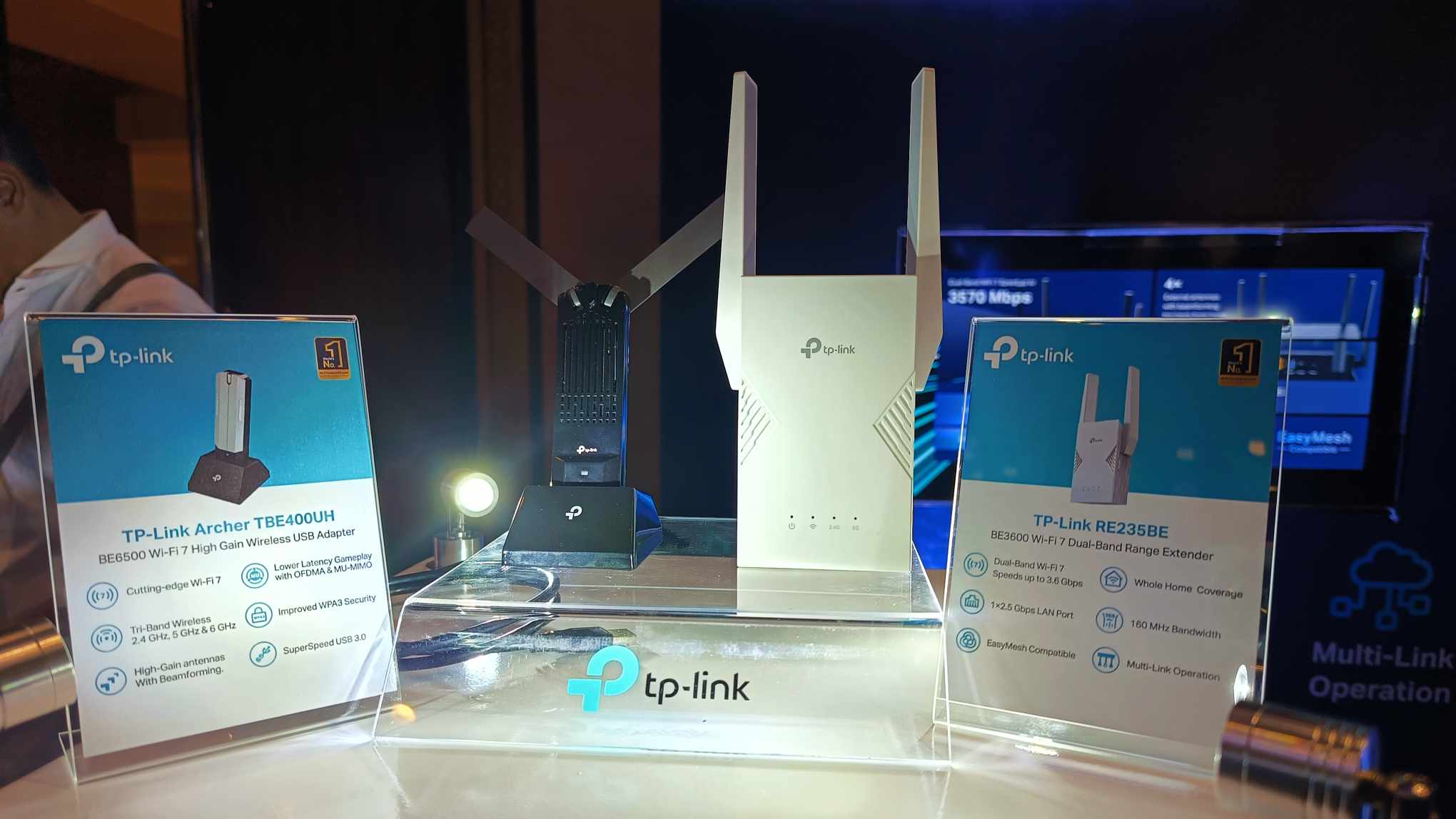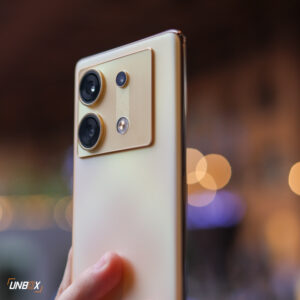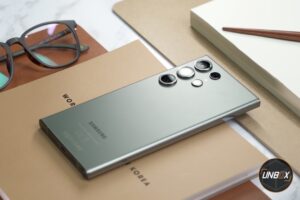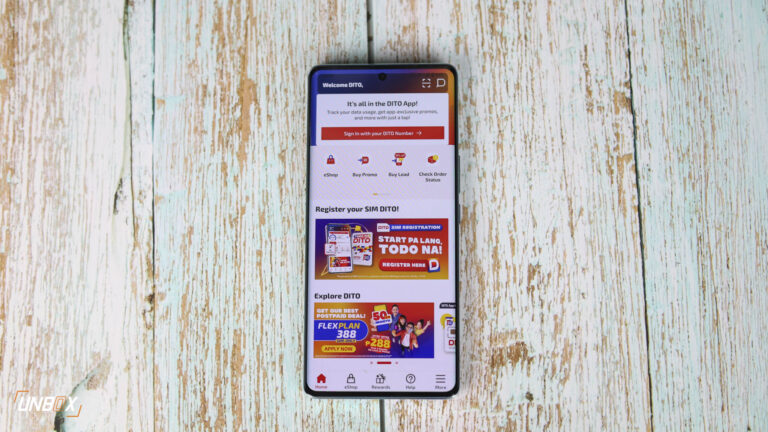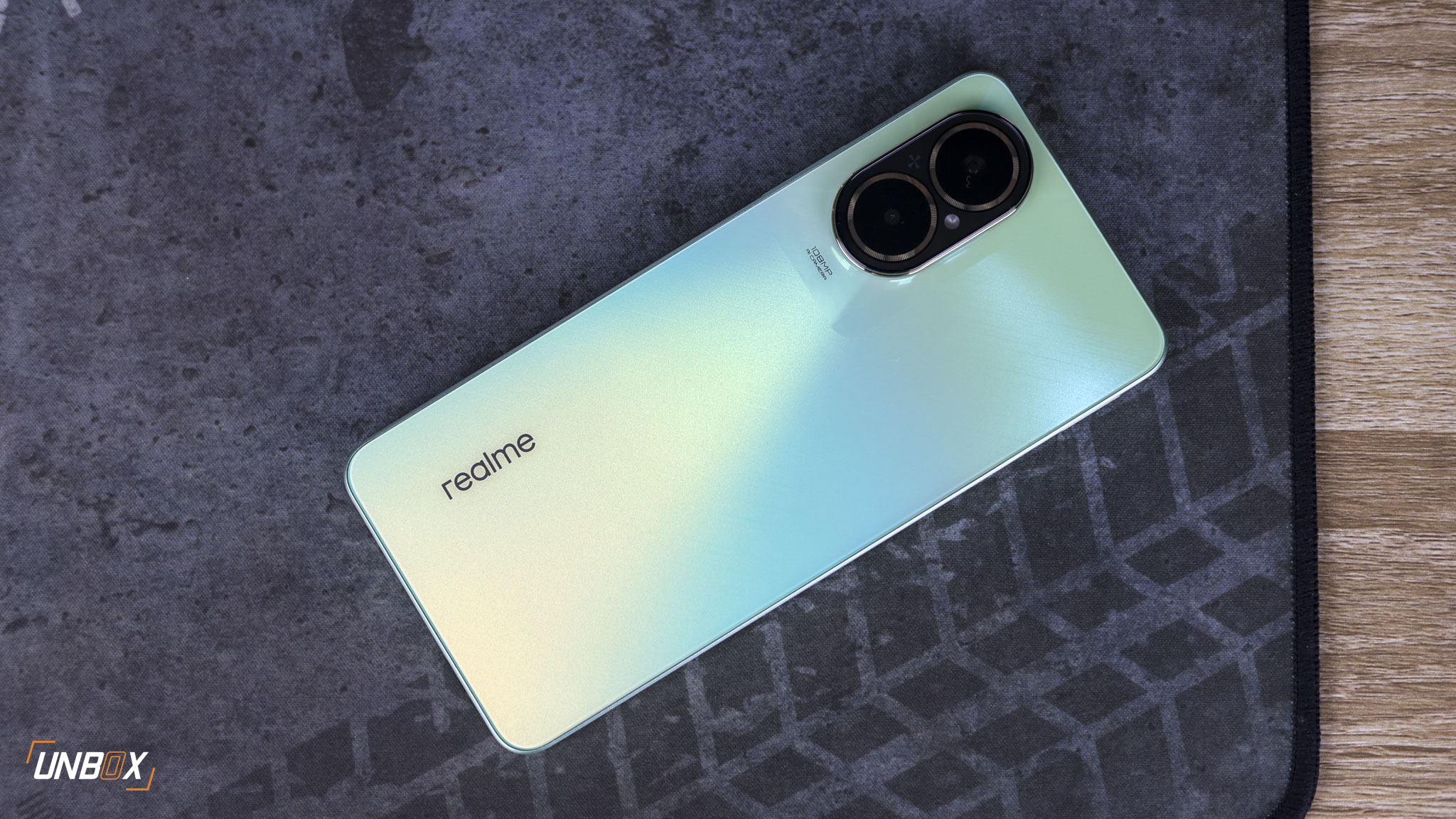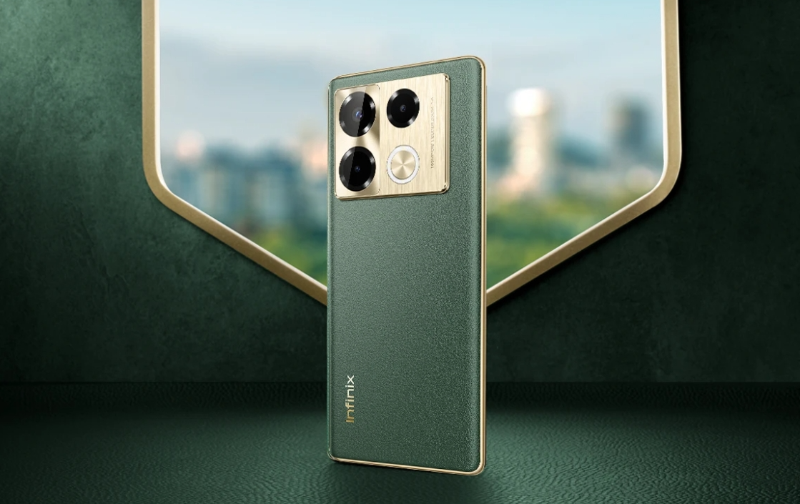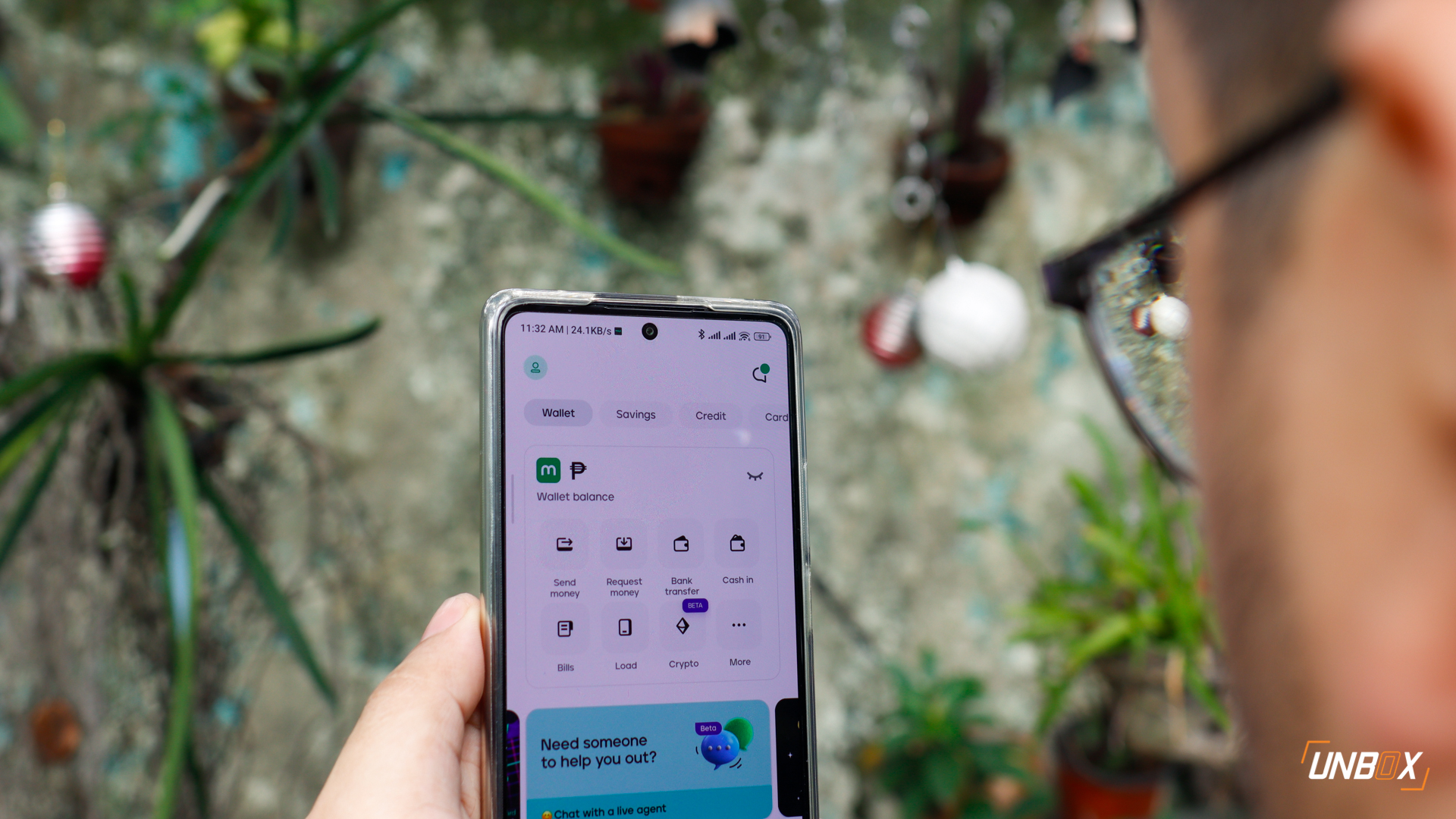Handheld gaming is becoming hot lately, and Razer has announced its own offering with the Edge. With specs that are far superior to the Logitech G cloud gaming handheld, the Edge has an interesting two-piece design. Essentially, the Edge is a 6.8-inch mini-tablet that has a controller (in the form of the Kishi V2 Pro) in order to become a gaming handheld.
In a nutshell, the Edge reminded us of the days when Razer had its own gaming phone. But with them being out of the mobile gaming scene for a while now (and with multiple brands pushing their own portable gaming device offerings), is Razer ready to rumble with the likes of Steam and Nintendo mobile gaming?

Remember the Razer Phone?
Before the mini tablet Edge, Razer used to have its own gaming phone. The OG Razer Phone was the first to debut a 120hz display (in a Quad HD resolution), making it one of the best displays on a phone back in 2017. It even has its own DAC–but in all honesty, the OG Razer Phone was disappointing in the sense that it was not really a legit gaming phone–rather, it was more of your typical Android phone flagship.
There are also factors that include its lack of peripherals to bolster its gaming credentials, and the reality that there were no games that can maximize its 120hz display–even in 2022, you can count with your fingers which games will let you play at 120fps or 90fps. Tower of Fantasy, for one, can do 90FPS, while Asphalt 9 can do 120FPS but is exclusive to flagship Xperia devices.
Razer, later on, followed that up with the Razer Phone 2. It was also a disappointing device, as it only offered incremental upgrades over the OG Razer Phone. For comparison, the ROG Phone 2 offered proper gaming features (like a large battery and two USB-C ports) and a plethora of accessories to improve its gaming capabilities. Razer eventually ditched its plans for a third Razer Phone, and has since quietly exited the mobile gaming scene.

ASUS stills remain dominant in mobile gaming
Since Razer stopped making gaming phones in 2018, ASUS has steadily dominated the scene with its ROG Phone series. Lenovo joined the scene with the Legion Phone series in 2020, though we have yet to see a proper successor to the Legion Phone Duel 2. Nubia has its Red Magic phones, though they are not officially available in the Philippines, while Xiaomi-backed Black Shark does have a presence in the Philippines, though it is not as significant as that of the ROG Phone.
Currently, ASUS is the go-to brand when you are talking about dedicated gaming phones, and they have practically monopolized the niche. Those who want a portable gaming handheld that’s not named the Switch have options like the GPD or Aya Neo, though they’re not as easy to find. The Steam Deck is the next best option for a true portable gaming device–but like most gaming phones, they’re not officially available in the Philippines.

The Edge is promising, but…
While Razer does have a reputation for announcing vaporware products, there’s a lot of promise with the Edge. And it’s probably not vaporware either, since Razer is already accepting reservations for it. However, the catch with it is that only the WiFi version of the Edge is available for reservation. Razer has yet to reveal the official pricing and availability of the 5G version.
The addition of 5G could have made the Edge promising; However, the Edge 5G is exclusive to Verizon, and it uses the telco giant’s Ultra Wideband Network, which means its 5G connectivity is not usable at all outside of the US (and if you’re not a Verizon subscriber).
Unlike the Razer Phone, the Edge can take advantage of cloud gaming services like GeForce NOW, PC titles, and XBox game titles–though it remains to be seen how good is its Snapdragon G3x Gen 1 processor and the concern that you only get 128GB of internal storage. Storage is expandable via MicroSD, but current MicroSD speeds might not be enough for some demanding games.

Can Razer pull it off this time around?
It has been 4 years since Razer had an actual device (and not just a controller) that is meant to run mobile games, and the Edge elevates that further by being usable even for PC, cloud gaming, and XBox titles. The real question right now is if Razer will be able to maintain the hype on the Edge and actually deliver on what they promise.
By now, Razer should have enough insights about their shortcoming with the Razer phone, and we hope all of those are properly addressed with the Edge. Should it becomes available globally (we really do hope it will), we look forward to Razer giving the ROG Phone and other gaming phones real competition. For now, it’s a waiting game–until Razer ships out those Edge units and customers give their initial feedback for it.



